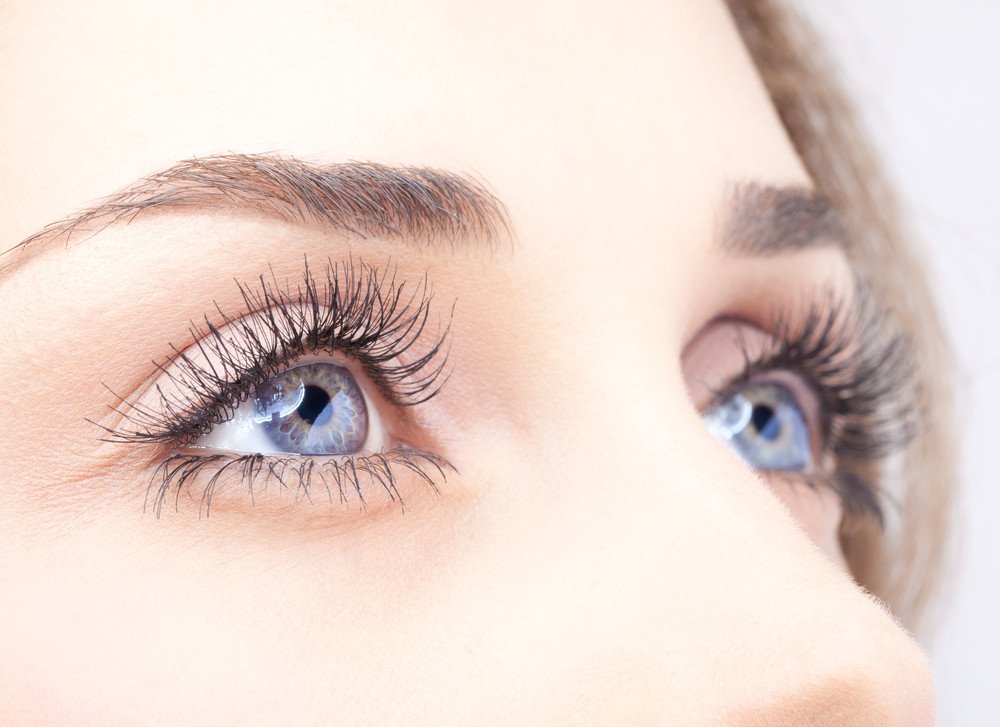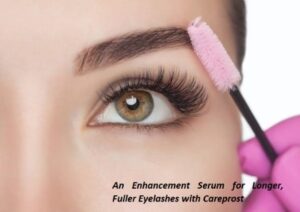
Ophthalmology and cosmetic usage of Careprost
Glaucoma is a serious and sometimes fatal condition. This diagnosis may progress in the future, starting with little discomfort and hence the appearance of pain. The worst-case scenario is full blindness if therapy is not provided in a timely or appropriate manner. Traditional treatments (e.g., eye drops) are often used as a starting point for therapy. Ophthalmic medication Careprost may be developed to reduce intraocular tone and is recommended for long-term usage. One additional application of this medicine is to lengthen and thicken lashes
Careprost’s composition and release method
The hormone-like molecule bimatoprost is the principal active ingredient in this eye medication. It has long been used to lower intraocular pressure. The outflow of intraocular fluid may be increased by bimatoprost, but the synthesis is unaffected. About four hours after the initial installation, users will begin to notice a difference in the principal application. This medicine has a cumulative effect, which means that the therapeutic benefit lasts longer with long-term usage.
Patients who took bimatoprost to increase eyelash development had these negative effects. As the cilia get longer, so does the overall volume. The structure of the ciliary will be compared to this. Because bimatoprost irritates hair follicles, the active growth of hair may be an effect of this medication. Those hair follicles that are now in a “sleeping” mode also fall under this category. After using Buy Careprost Online, the lashes appear thicker and more muscular.
Benzalkonium chloride and filtered water are also present in the product. Acid monohydrate is one of the supplementary components.
There are ophthalmic solutions and drops available in three ml vials with a dropper for convenient application. These medications all have the same indications. There’s an applicator that’s specifically designed for use with this product that’s included in the container.
What is the purpose of this item?
In addition to glaucoma diagnosis, Careprost is commonly used to lower eye pressure as part of mono- or multi-therapy regimens (usually additionally to beta-adrenergic receptors).
A common cosmetic application for this device is to help lengthen the growth of one’s hair (cilia). Additionally, some cosmetologists apply the solution in points to thinning areas in order to repair eyebrows that have an uneven growth pattern.

Norms and conditions for usage
With an eye exam, a single drop of the medication is injected directly into the conjunctival sac. As a daily dosage, this is a viable option. As a rule, the treatment should be carried out at the same time every time to maintain a constant concentration of the chemical in the ocular tissues.
The process for cosmetic usage is a little different. A particular brush or applicator is required to apply a little amount of material along the lash line. Applying the solution and rubbing it in at the root of the lashes is recommended by certain cosmetologists. The impact can be boosted by even the tiniest of massages. For the next half hour, refrain from rubbing or otherwise tampering with your eyes.
Eyelash growth will begin to appear within a few weeks, but it will take two months of daily use for this item to achieve its full potential. As time goes on, simply the impression that the product can be used once or twice per week needs to be maintained.
When you quit using Careprost Eyelash Serum, the female will notice the opposite side effect, which is the loss of lashes. There will be a restoration to the original state of the lashes.
Contraindications
Careprost should not be used if you have any of the following conditions:
Pregnancy;
While a baby is in the womb
Childhood;
Reaction of the patient to the drop’s ingredients.
Because bimatoprost is a hormone and can impact the development of a growing organism, it is banned in the first instance for patients to take Bimat and read Careprost reviews. Patients’ hypersensitivity to extra components is a common occurrence. Benzalkonium chloride, a preservative used by the manufacturer, frequently causes eye irritation and redness.
Toxicities
The drop’s adverse effects include, among others:
Syndrome of dry eyes;
Inflammation of the conjunctiva;
Mucous membrane stinging and burning;
Indications of disease;
Eyelid and iris pigmentation darkening
In order to properly characterize the final side effect, further information is needed.
There must be a period of time before the iris’s color returns to its pre-drop condition. Careprost’s negative effects are more obvious when administered asymmetrically (to just one eye).
Overdose
The aesthetic impact of bimatoprost will not grow, but the unpleasant side effects may dramatically rise as a result of more regular use. The overall therapeutic result decreases when it is used as a treatment for glaucoma.



